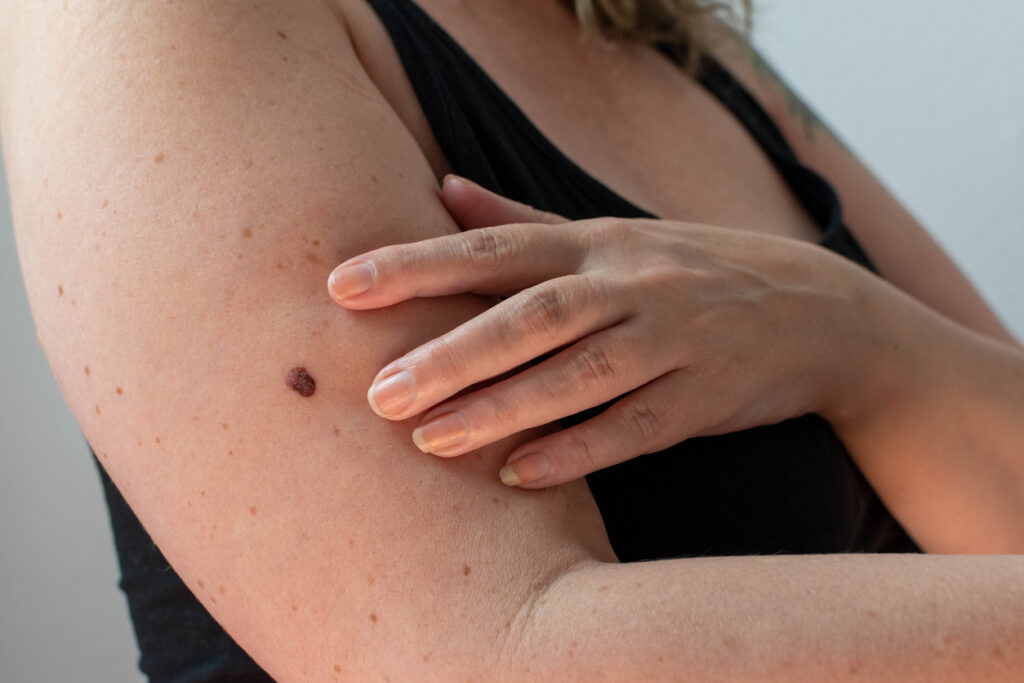Melanoma rates differ consistently between men and women in terms of the age of onset and the locations on the body where the cancers occur, new research confirms.
The study is published in the Journal of Investigative Dermatology.
The research team analyzed more than 40 years of melanoma data from Queensland, Australia, the USA, and Scotland. These three populations were chosen because historically they have had high (Queensland), moderate (USA), and low (Scotland) rates of melanoma.
Over time, the rates of melanoma increased in all three populations, especially among women. In women in all populations, melanomas arise most commonly on the limbs, whereas in men, melanomas arise most commonly on the trunk and head and neck. In both sexes, there has been a steady increase in melanomas on the head and neck with increasing age.
In virtually all investigated populations, women experience higher rates of melanoma than men in early life (up to age ~45 years), but men develop melanomas at higher rates than women later in life (from ages ≥65 years).
In early life, women experience higher rates of lower limb melanomas than men, which persists into older ages. Also, on the upper limbs, women experience substantially higher rates than men from young ages until middle age (45-64 years), after which men experience higher rates.
In contrast, on the head and neck and the trunk, melanomas occur at higher incidence in men than in women early in life. On all body sites, the rate at which melanoma incidence rises with age is much more rapid for men than for women.
Exactly what is driving these variations isn’t filly understood but the researchers do have a theory. “Changing exposure to UV radiation is implicated, possibly superimposed upon innate differences between the sexes in site-specific susceptibility,” they conclude.


